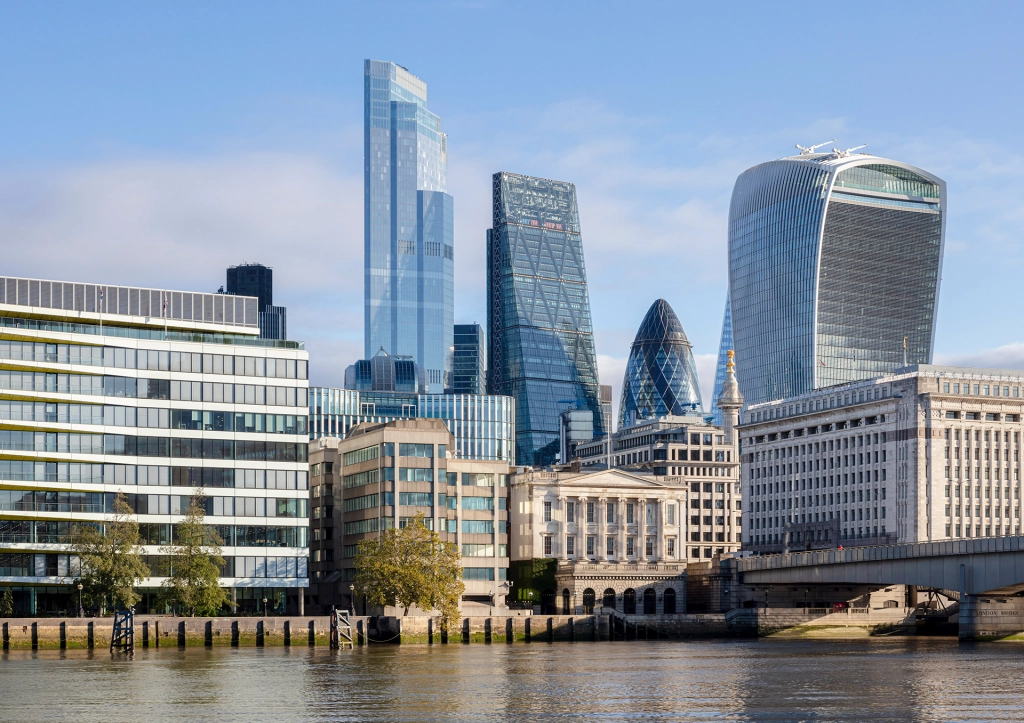Securing planning permission is a critical step in any commercial development in the UK. Whether you’re building new offices, retail spaces, warehouses, or modifying existing structures, understanding the planning process ensures compliance and avoids costly delays. This guide walks you through the key stages, helping developers and business owners navigate UK planning laws with clarity and confidence.
Step 1: Understand What Requires Permission
Not all commercial projects need full planning permission. In some cases, Permitted Development Rights (PDR) allow for minor modifications. However, most new builds, changes of use, and large extensions require full planning permission. Always check with your local planning authority (LPA) first.
Step 2: Prepare Key Documents
A comprehensive application typically includes:
- Site Location Plan
- Existing and Proposed Floorplans & Elevations
- Design and Access Statement
- Planning Statement
- Sustainability or Transport Reports (for larger schemes)
Engaging an architect or planning consultant at this stage is highly recommended.
Step 3: Submit the Application
Applications are submitted through the Planning Portal (www.planningportal.co.uk) or directly to the relevant LPA. Fees vary depending on the scale of the development.
Example:
Material change of use: Varies by type
New commercial building: Approx. £462 per 0.1 hectare
Step 4: Public Consultation & Review
Once submitted, the LPA conducts a 21-day consultation, during which:
- Neighbours and stakeholders can comment
- Internal departments (e.g., Highways, Environment) review the proposal
- Local councillors may be informed
The application is then assessed against local plans, national planning policy, and material considerations (e.g., traffic, noise, visual impact).
Step 5: Decision
- You’ll typically receive a decision within 8 weeks for minor applications or 13 weeks for major projects.
- Outcomes may be:
- Approved
- Approved with Conditions
- Refused (with reasons)
- You may appeal a refusal via the Planning Inspectorate, but it’s often better to revise and resubmit.
Step 6: Post-Approval Conditions & Compliance
Most approvals come with conditions, such as:
- Pre-commencement surveys
- Traffic management plans
- Drainage details
Start construction only after discharging these conditions to avoid enforcement action. Notify your LPA when work begins.
Final Thoughts
The UK planning system can seem complex, especially for commercial projects involving multiple stakeholders and compliance layers. But with the right preparation, professional support, and engagement with the LPA, your project can move smoothly from concept to construction.
Understanding the step-by-step process not only saves time and money—it ensures your commercial development meets local needs and legal standards.


